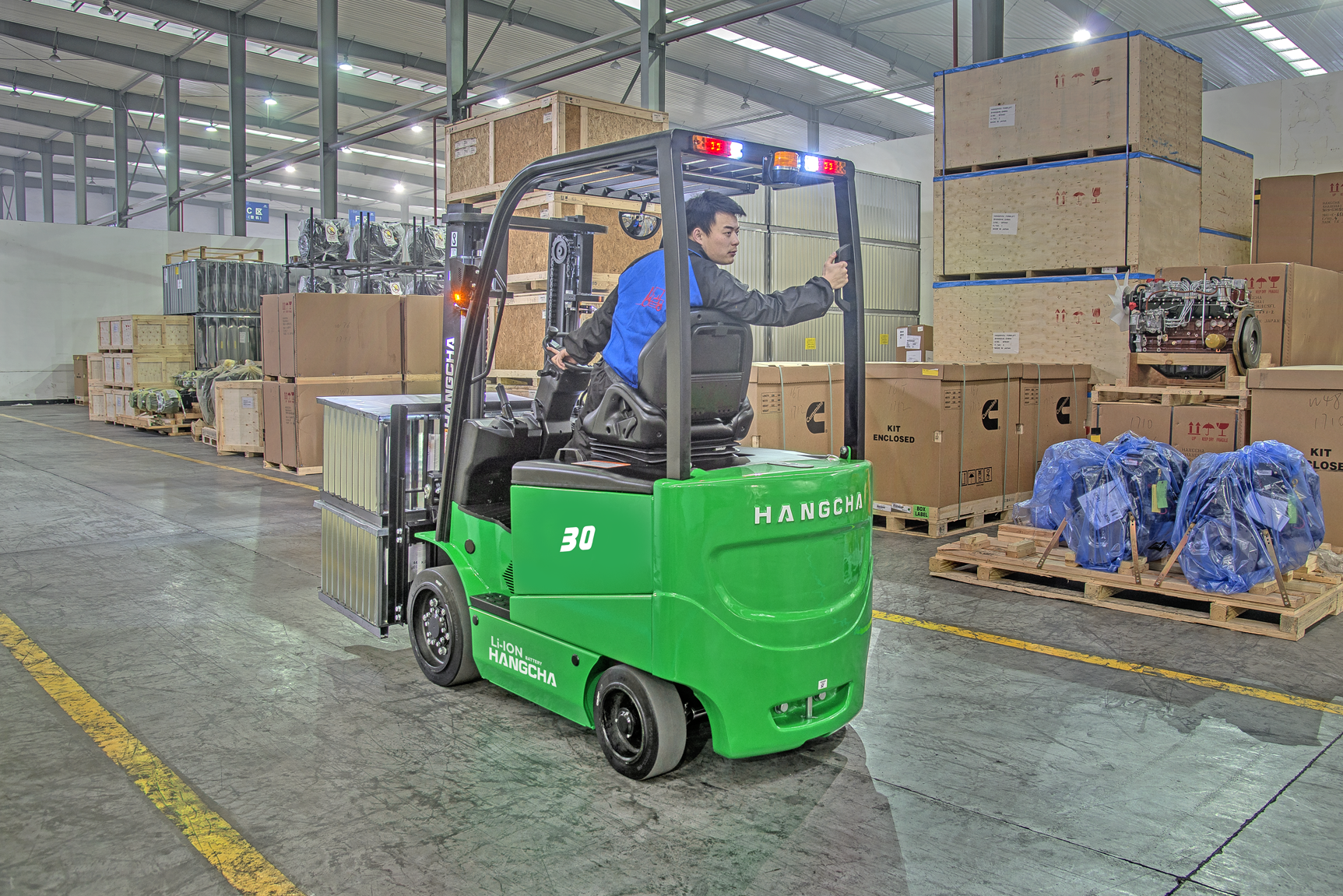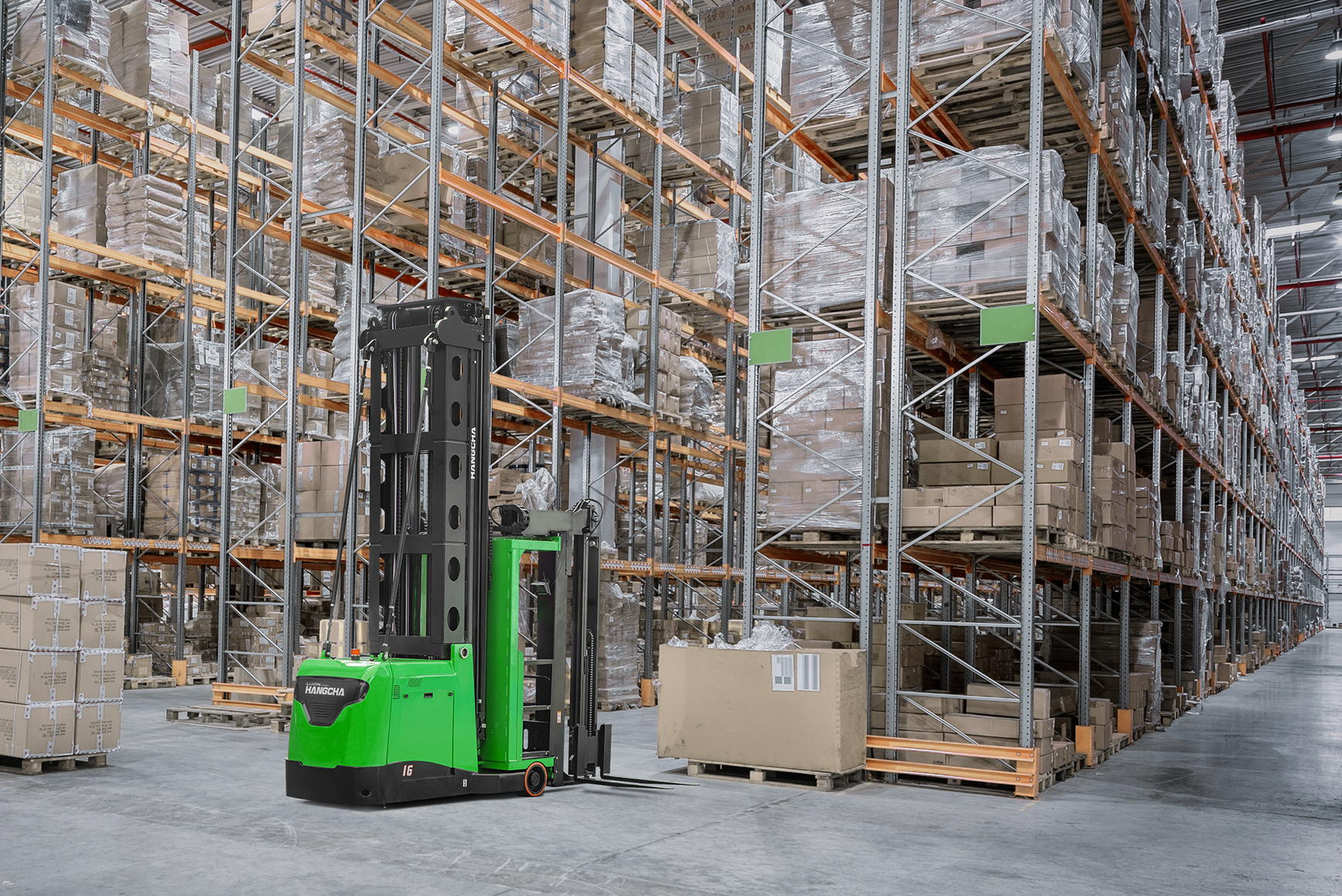Why Forklift Load Limits Matter
Most forklift tipping accidents start with a simple miscalculation—lifting just slightly more than the rated capacity or misjudging the load position. Even small overloads shift the center of gravity and destabilize the machine. It happens in seconds and usually without warning.
Tipping puts operators and nearby workers at serious risk. It causes mechanical damage, delays, and often results in OSHA violations. The cost isn’t just financial—it’s operational and personal.
Safe lifting begins with respecting the machine’s limits. Load weight, fork height, load center, and surface conditions all work together. One wrong move can offset everything. Ignoring the limits turns routine lifts into high-risk decisions.
Forklift Load Chart Basics
Every forklift comes with a load chart—usually found near the operator’s seat or dashboard. It’s a data plate that shows how much weight the machine can safely lift at different heights and load positions.
The chart breaks down rated capacities based on lift height, tilt angle, and load center (typically measured from the fork’s vertical face). These numbers change depending on attachments or mast type. A load that’s safe at ground level might be unsafe at full height.
Relying on guesswork or assumptions increases the chance of tipping or structural failure. The chart gives precise limits for real-world decisions—especially during heavy lifts or high stacking.
Pro Tip: Never guess—always refer to the chart before lifting.
Reading the Capacity Plate
The capacity plate, or data tag, is a permanent label fixed to every forklift. It tells exactly how the machine should be operated safely based on factory specs. Understanding this plate is critical before handling any load.
Here’s what to look for
- Rated Load Capacity – Maximum weight the forklift can safely lift under standard conditions
- Load Center – The distance from the vertical face of the forks to the load’s center of gravity, often 24 inches
- Maximum Lift Height – The top height the forklift can reach while still maintaining its rated capacity
- Attachment Info – Fork extensions, clamps, or booms reduce capacity and must be factored in
- Mast Tilt & Type – Some plates show how lifting angle affects capacity
Even a small change—like switching forks or adding a side-shifter—can reduce the safe weight limit. Always check the updated plate after modifications.
Center of Gravity and Stability
Every forklift has a center of gravity—the balance point where the weight of the machine and its load meet. As the forks rise or the load shifts forward, that balance moves. If it moves too far, the machine becomes unstable.
Forklifts are designed around a “stability triangle.” Imagine a triangle drawn between the two front wheels and the center of the rear axle. The center of gravity must stay inside this triangle during all lifting and turning operations.
Off-center loads, high lifts, or sharp turns shift the balance point outside the triangle. That’s when tipping happens—fast and with little warning.
Fact Box: A forklift’s center of gravity must stay within the triangle base or it becomes unstable.
Forklift Tipping Risks
Tipping is one of the most serious and common hazards in forklift operation. Most incidents are caused by avoidable errors during loading, turning, or lifting. These risks increase when limits are pushed or conditions are ignored.
Forward tipping happens when
- The load exceeds the rated capacity
- Forks are raised too high while moving
- Braking happens suddenly under load
Side tipping occurs from
- Taking sharp turns with a raised load
- Driving on uneven or sloped ground
- Placing the load too far forward or off-center
These mistakes don’t always look dangerous—until the machine becomes unstable. Even a small overload or slight angle can break the balance.
Real-world exampleThe operator attempted to lift a 3,200 lb load using a forklift rated for 3,000 lbs. The rear wheels lifted, the machine tipped forward, and the pallet crashed—causing damage to both the equipment and nearby shelving.
Staying within safe limits is the only way to avoid these outcomes.
Safe Lifting Best Practices
- Know the load – Check weight, size, and stability before lifting
- Use the load chart – Never lift without confirming capacity at height and load center
- Drive with forks low – Keeps the center of gravity stable and improves visibility
- Stick to level ground – Avoid uneven or sloped surfaces whenever possible
- Take wide, slow turns – Sudden direction changes increase tipping risk
- Lift and lower smoothly – Jerky movements can throw off balance instantly
- Adjust for attachments – Recalculate limits when using clamps, extensions, or booms
These habits reduce stress on the machine and lower the chance of accidents. Consistency in basic safety steps is what keeps operations efficient—and people protected.
Related Resources
Final Takeaway
Forklift safety starts with knowing the limits. One overlooked detail—an extra few pounds, a raised load, an uneven turn—can lead to a serious accident. Capacity charts, load plates, and proper checks aren’t just guidelines—they’re the line between routine and risk.
Staying within rated limits and inspecting equipment regularly keeps your crew safe, your operation smooth, and your liability low.
Schedule a Safety Review





